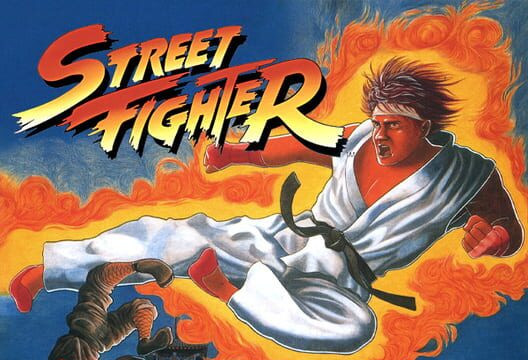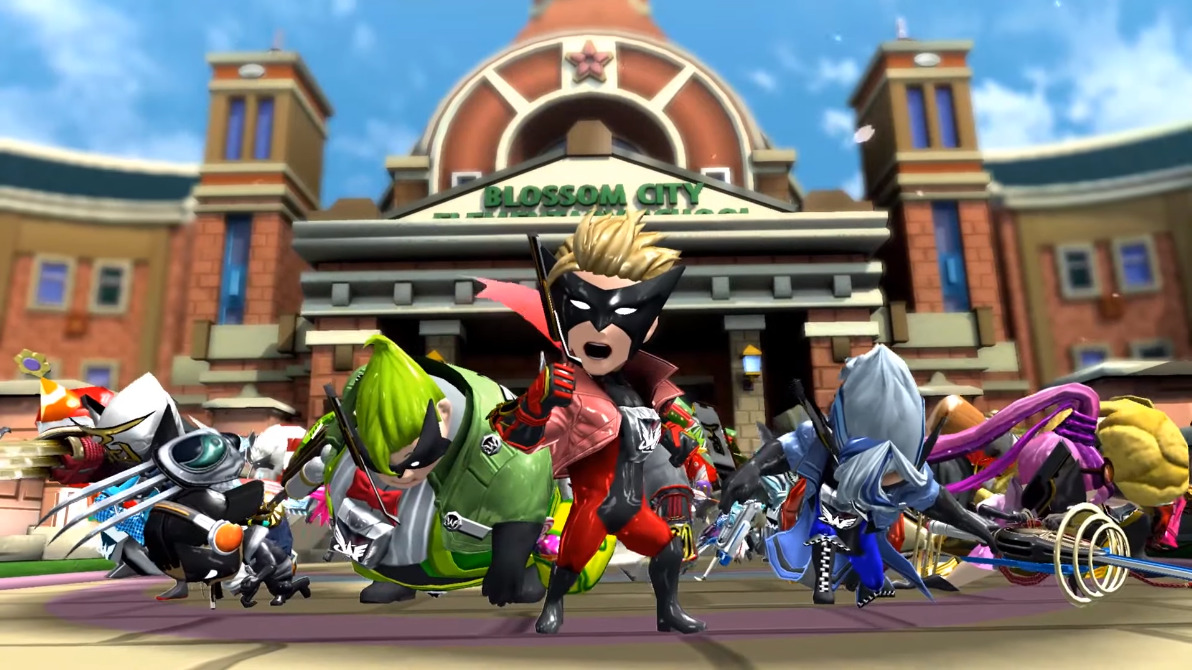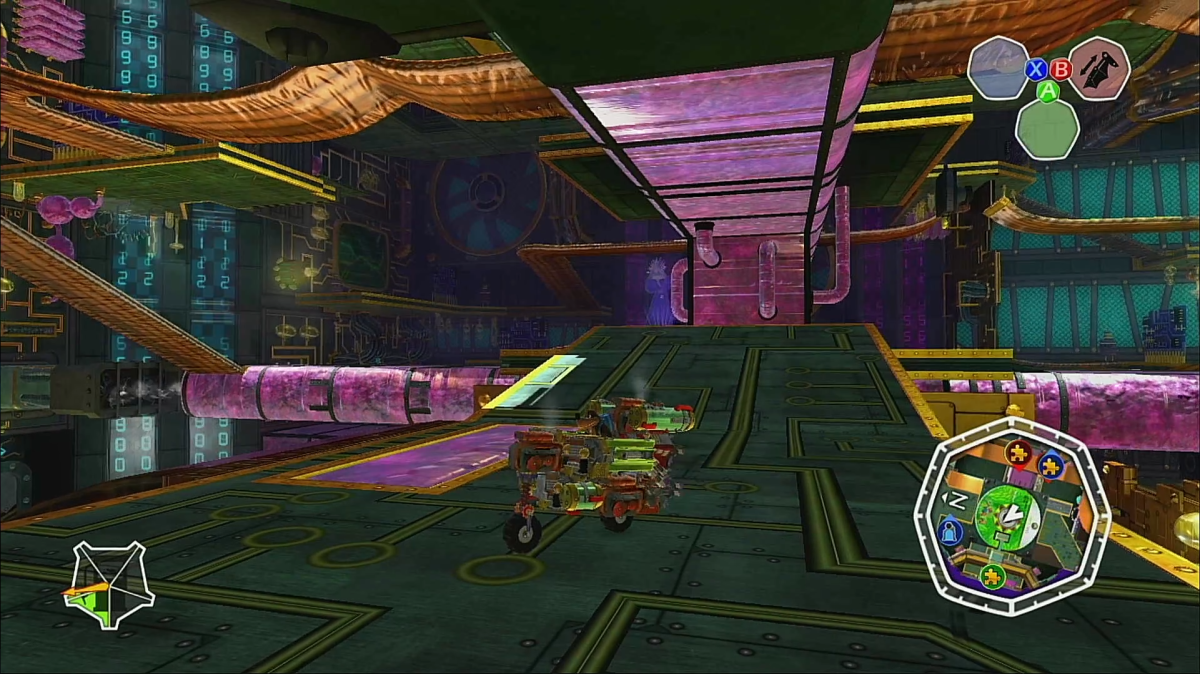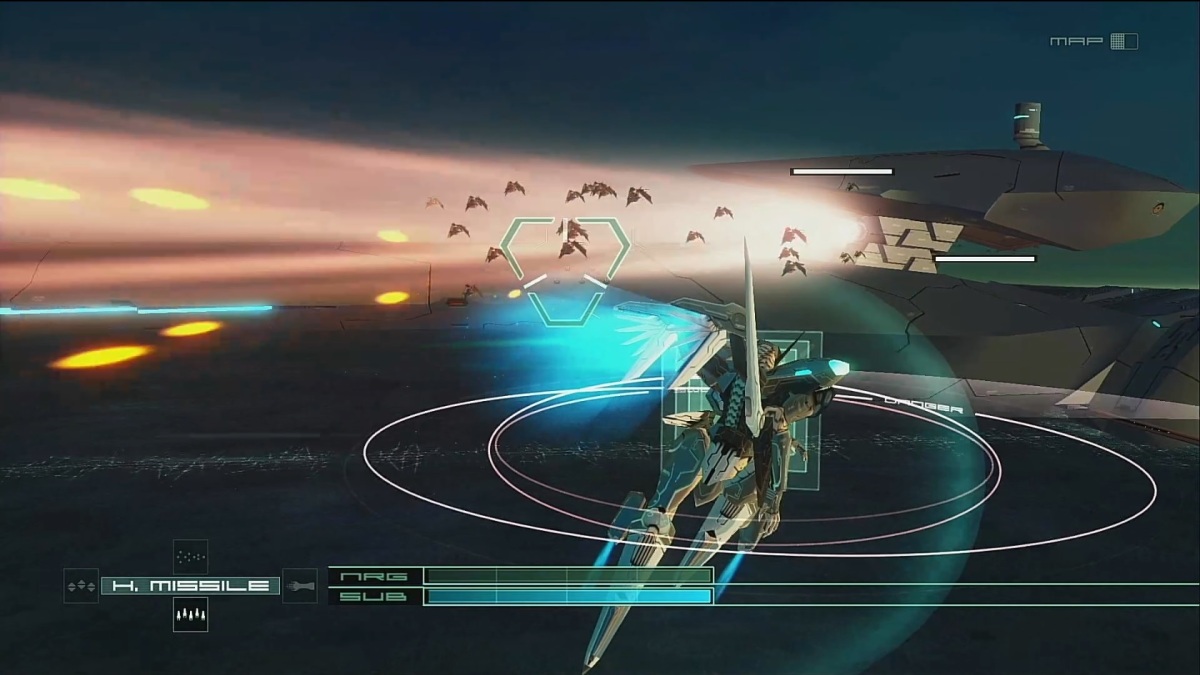
Martial arts is the science of battling external and internal threats, the meeting of anatomy and physics, philosophy and psychology, where any vulnerability in a fighter’s physical or mental defenses can be fatal. Since a fighter’s physical attributes can be measured and defined, they can be translated to videogames’ as animations and number values into a character with a central theme. Every fighting game flows from Street Fighter’s Ryu, the young shotokan warrior who battled through Capcom’s titular international tournament and became the starting point for every subsequent martial arts archetype in the genre. But as Ryu had dedicated himself to the way of the fist, Street Fighter required the player to develop the technical skill, opponent knowledge, strategic mindset, and ring positioning to beat the “Emperor of Muay Thai” Sagat and become the Street Fighter champion.
Continue reading “Street Fighter And Why Ryu’s Shotokan Defined The Fighting Game”







